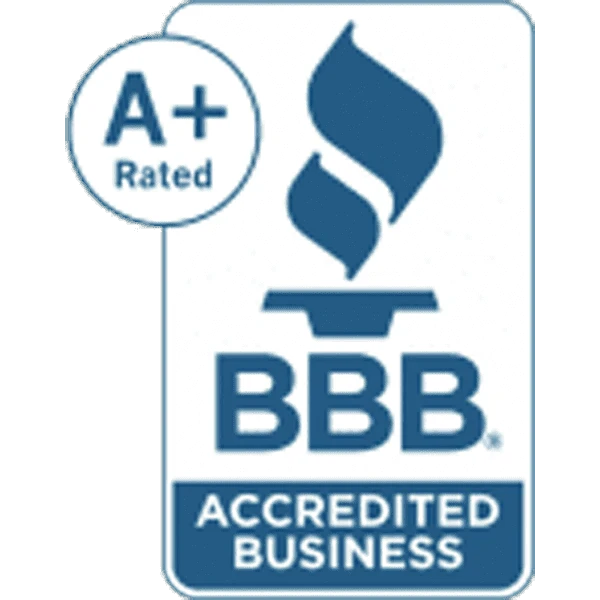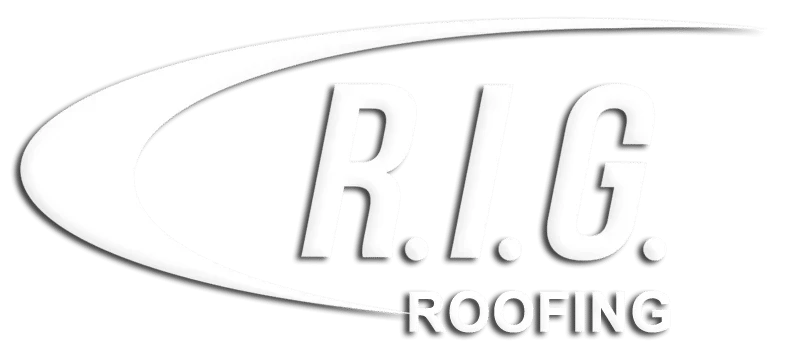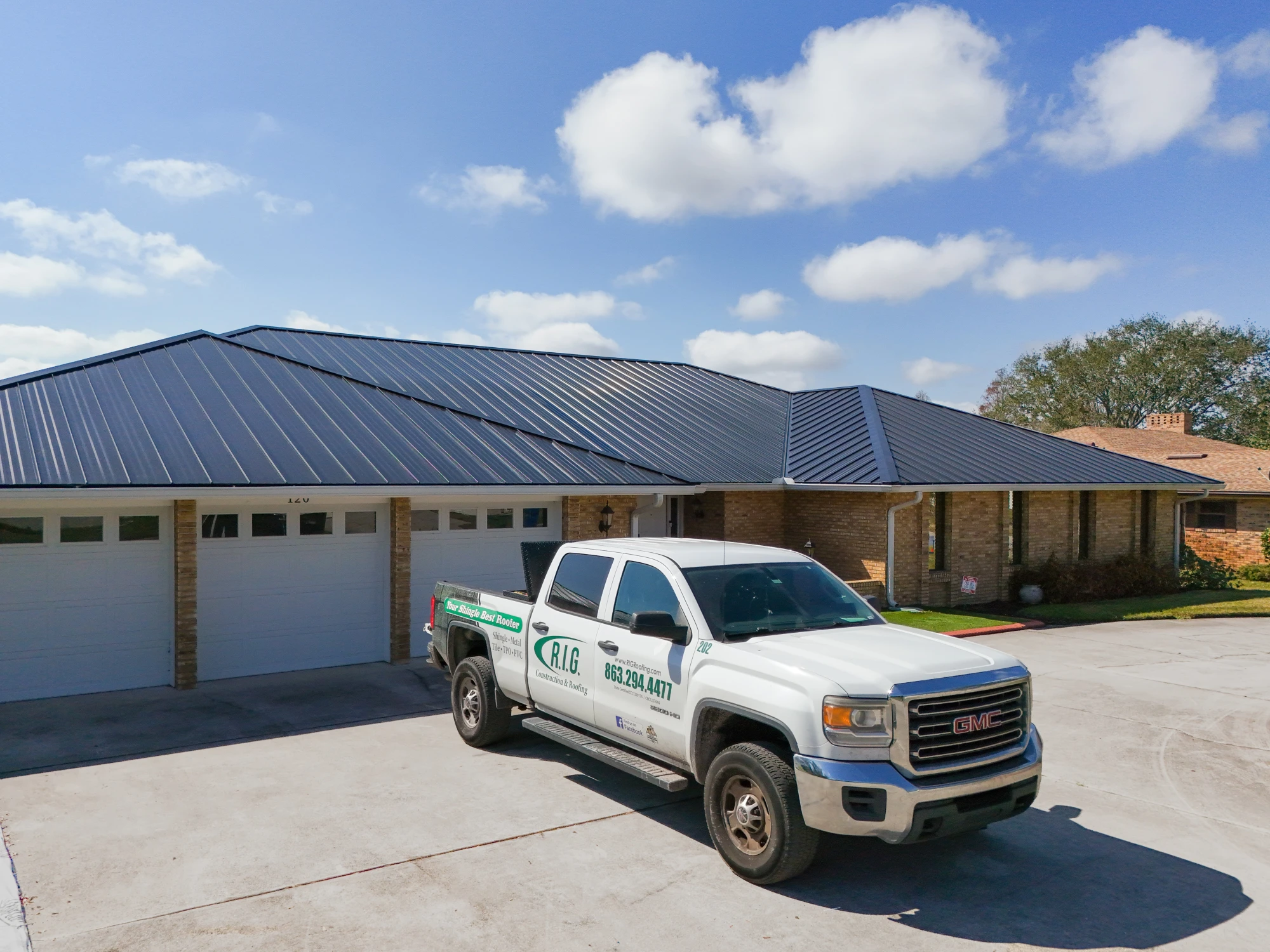
Table of Contents
How to Prepare Your Florida Roof for Hurricane Season
Table of Contents
- Introduction: Why Roof Need To Prepare Your Roof For Hurricane Season
- The Risks of Hurricane Season
- Step 1: Schedule a Professional Roof Inspection
- Step 2: Check for Loose or Missing Materials
- Step 3: Secure Flashings, Gutters, and Vents
- Step 4: Trim Nearby Trees and Clear Roof Debris
- Step 5: Install Hurricane Straps or Reinforcements
- Step 6: Understand Insurance and Document Conditions
- Step 7: Consider Upgrades to a Wind-Resistant Roof
- Why RIG Roofing Is Central Florida’s Trusted Storm-Proofing Partner
- Final Checklist
Introduction: Why Roof Need To Prepare Your Roof For Hurricane Season
If you’re a Florida homeowner, you know one thing for sure—hurricane season is not to be taken lightly. Your roof is your home’s most important defense against high winds, heavy rain, and flying debris. That’s why preparing your roof before storms hit is essential.
At RIG Roofing, we’ve been serving Central Florida for over two decades. We’ve seen firsthand how the right preparation can protect your home and ensure your safety during extreme weather. In this article, we’ll walk you through how to prepare your roof for hurricane season, step by step.

The Risks of Hurricane Season
Florida’s hurricane season officially runs from June 1 through November 30, with peak activity usually hitting between August and October. During this time, Central Florida homes are at risk for:
- Category 1–5 hurricane force winds, reaching up to 157+ mph
- Torrential rains and flooding
- High winds and flying debris impacts
- Prolonged power outages
- Roof damage
In short, one storm can cause tens of thousands of dollars in damage—especially if your roof isn’t ready.
Step 1: Schedule a Professional Roof Inspection
If it’s been over a year since your last roof inspection this is a great place to start your hurricane prep. At RIG Roofing, we recommend scheduling this in spring or early summer, before storms begin brewing - but can be done at any time. A comprehensive roof inspection will assess:
- Shingle, metal, or tile condition
- Flashing and vent seals
- Roof deck stability
- Gutters and drainage
- Signs of leaks or weak points
Professional inspections catch minor issues before they turn into major roof failures. We’ll also provide photos and a detailed report so you can plan any necessary repairs or reinforcements.
Step 2: Check for Loose or Missing Materials
A single loose shingle gives wind an opening to rip up large sections of your roof during a hurricane. During inspection or DIY walkarounds (from the ground or a ladder), look for:
- Material Damage - Lifting or curling shingles, rusted / dented metal, cracked tiles
- Missing Materials: Shingles, metal planks, tiles, flashing, fascia, soffit
- Exposed nails or sealant cracks
If you see issues, call our team for a free estimate. 1 (863) 294-4477
Step 3: Secure Flashings, Gutters, and Vents
Flashing is often the first to go in high winds. Ensure all roof penetrations are properly sealed and reinforced, including:
- Chimney flashings
- Roof-to-wall intersections
- Skylight and vent connections
- Roof edge drip edges
Don’t forget the gutters. Clogged gutters can lead to water backing up under the roof line. Clean them out and ensure they are securely fastened to prevent them from becoming flying projectiles.
Step 4: Trim Nearby Trees and Clear Roof Debris
Falling limbs are one of the leading causes of roof damage during hurricanes. Schedule a tree trimming service to remove:
- Overhanging branches
- Dead or diseased limbs
- Weakened trunks near the roofline
Also, make sure your roof is clear of leaves, twigs, and other debris that can block drainage and cause ponding.
Step 5: Install Hurricane Straps or Reinforcements
Florida building codes have evolved post-Hurricane Andrew, but not all homes are up to standard. Hurricane straps and clips help secure your roof to the wall framing, providing critical resistance against uplifting forces.
If your home was built before 2002, ask about retrofit options that can significantly improve storm resistance and may reduce your insurance premiums.
Step 6: Understand Insurance and Document Conditions
Before hurricane season starts, review your homeowners insurance policy. Understand what’s covered and what isn’t. If you are unsure, contact your local insurance agent to review your policy. More importantly, take the following steps:
📷 Document your roof:
- Take clear photos from multiple angles
- Keep inspection reports and receipts for any work done
- Use this documentation to streamline claims after a storm
Many policies require proof of your roof’s pre-storm condition—so file everything in both digital and physical form.
Step 7: Consider Upgrades to a Wind-Resistant Roof
If your roof is nearing the end of its lifespan, it might be time to upgrade to a more wind-resistant roofing system. These systems are designed for Florida’s climate and meet the latest wind codes.
Recommended hurricane-resistant materials:
- Architectural asphalt shingles rated for 130+ mph winds
- Metal roofing systems with interlocking panels
- Tile roofing with foam adhesive installation
- Synthetic underlayment for added water protection
Upgrading now could mean peace of mind for decades—and higher resale value later on.
Why RIG Roofing Is Central Florida’s Trusted Storm-Proofing Partner
At RIG Roofing, we’ve been protecting homes from Lakeland to Bradenton to Orlando and everywhere in between for over 20 years. Our customers choose us for:
- Certified inspections and expert storm prep guidance
- Florida approved materials and compliance with all building codes
- Emergency roof dry-ins and fast repair services after storms
- Free estimates and affordable financing
We don’t just fix roofs—we help give Florida families peace of mind when the winds pick up.
Final Checklist and Conclusion
Before a hurricane hits here’s a quick prep checklist:
✅ Schedule a roof inspection ✅ Replace missing or damaged materials ✅ Reinforce flashing, gutters, and vents ✅ Trim trees and clean roof surfaces ✅ Install hurricane straps or clips ✅ Review insurance and document your roof ✅ Upgrade to a wind-resistant roofing system if needed
Your roof is too important to overlook, especially during hurricane season. Taking these steps now can save you thousands—and potentially protect your entire home—when the next hurricane makes landfall.
Visitors also read
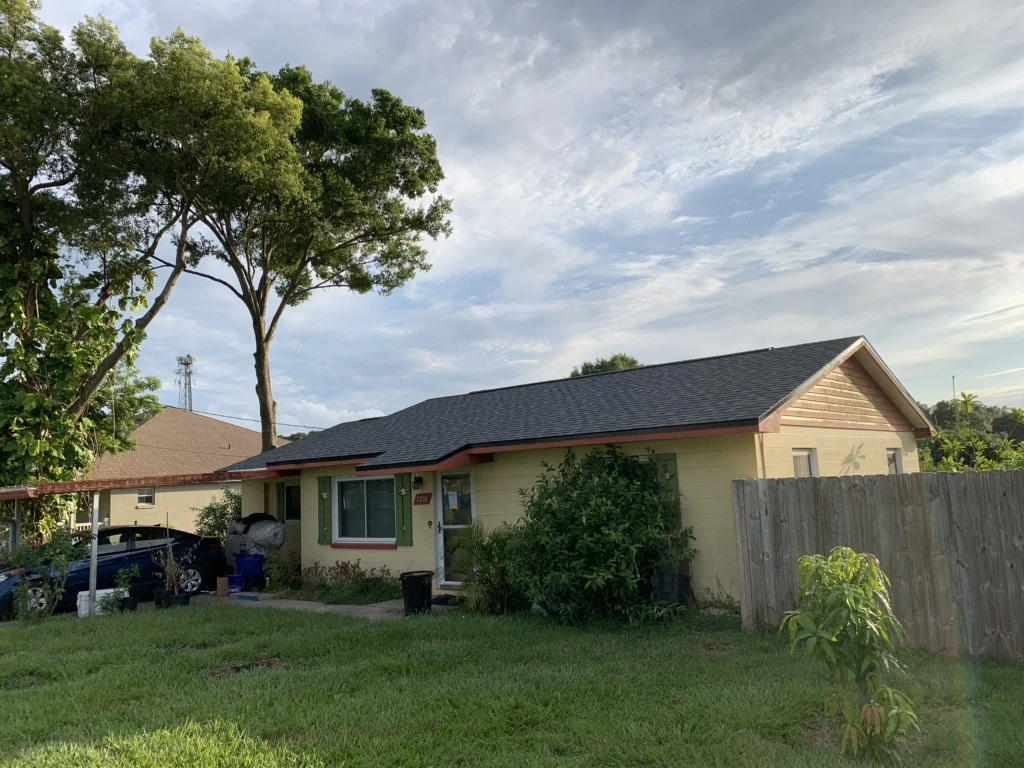
R.I.G. Roofing is Kathleen’s top choice for reliable roof replacement. Expert in...

Finding the best shingle roofer in Lakeland starts with choosing a company that...
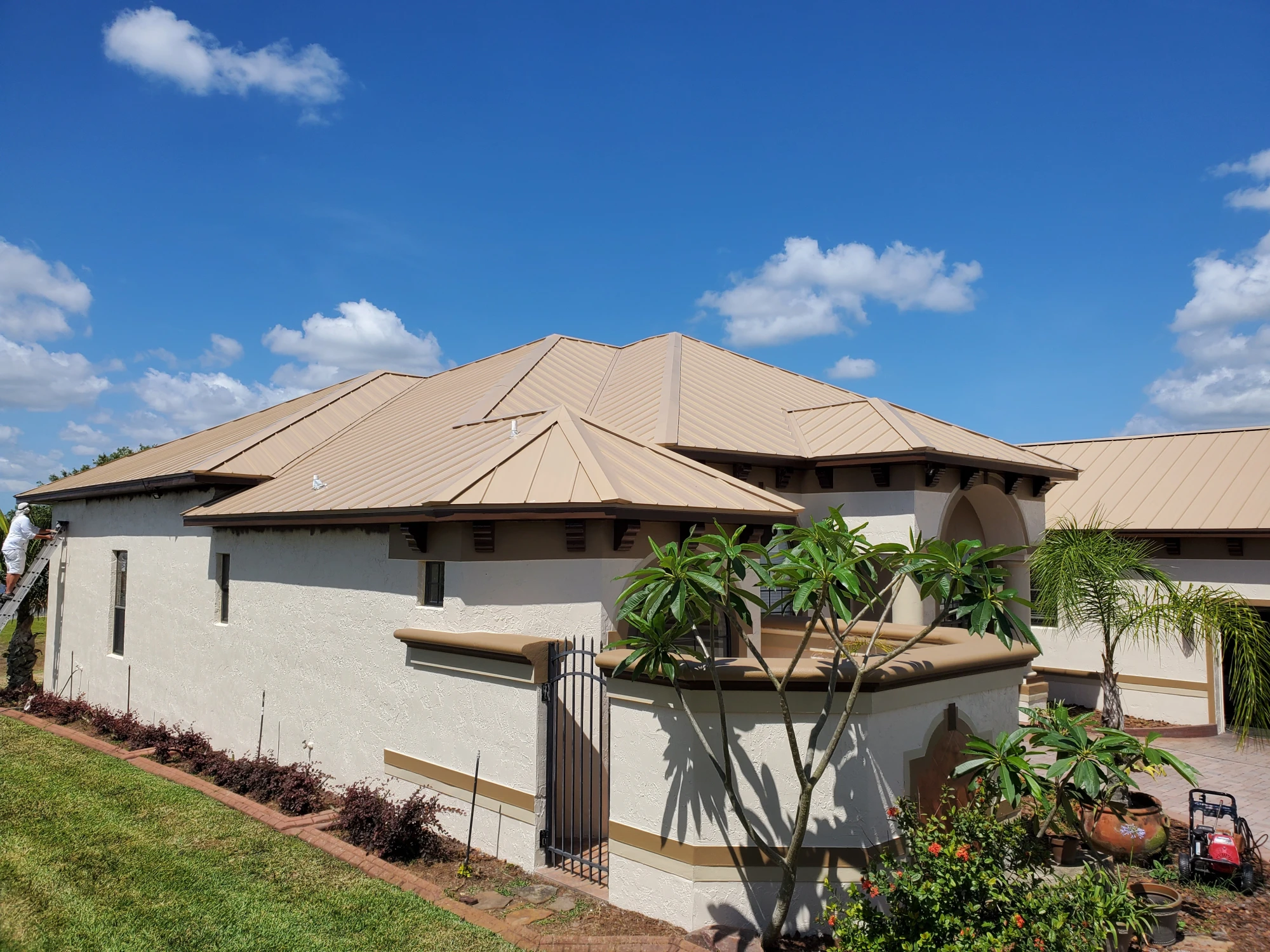
Metal roofing is one of the most durable and weather-resistant roofing options a...
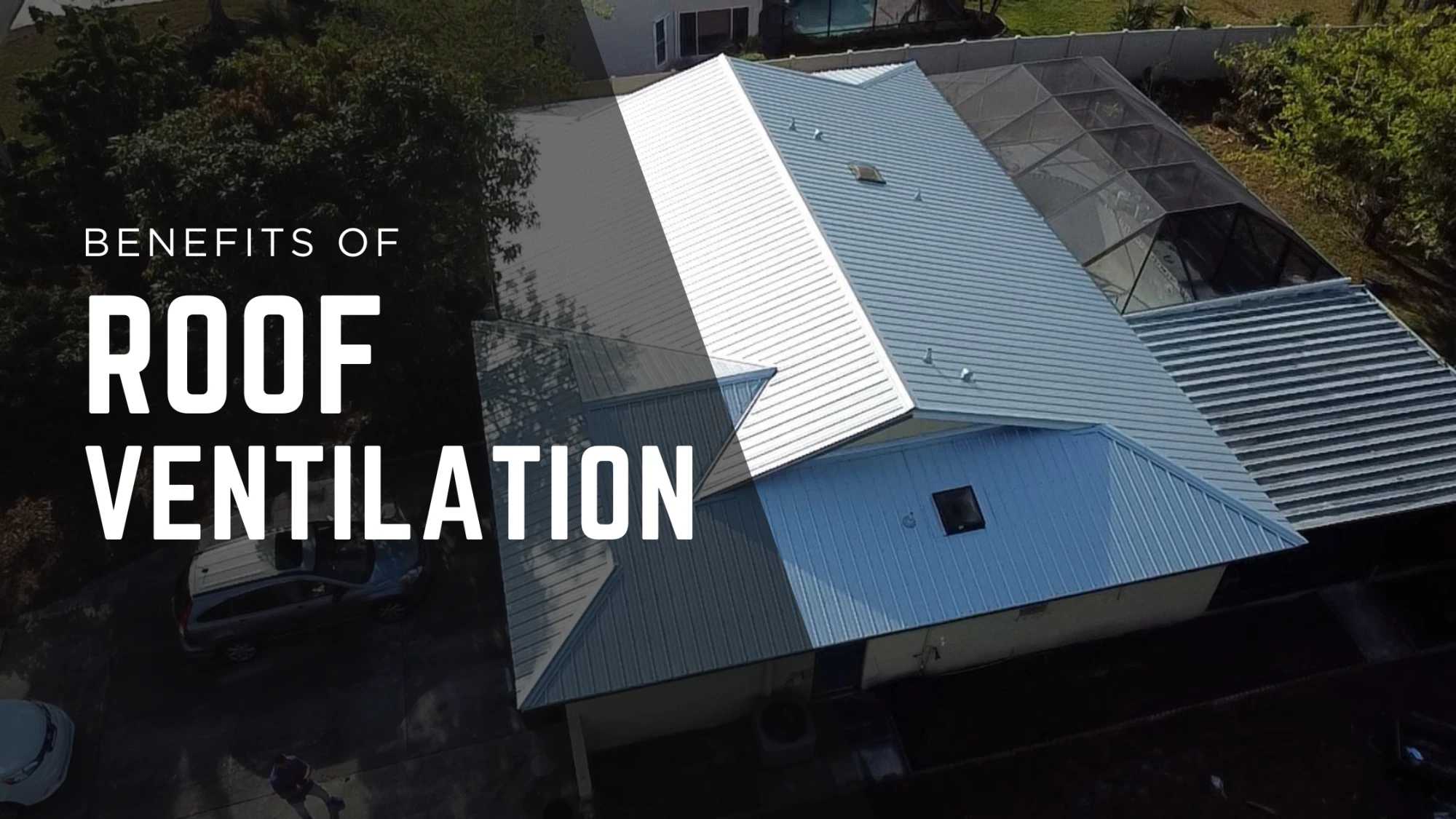
Proper roof ventilation is essential for protecting your home from heat and mois...
R.I.G. Roofing is Central Florida’s Most Trusted Roofing Contractor
Free Residential & Commercial Roof Assessments | Repair or Replacement
If you’ve got roof problems, let R.I.G. Roofing be your lifetime solution. We are a faith based, family owned roofing contractor offering Free Roof Estimates throughout central Florida. After your roof assessment you can sit down with our roofing specialist who will walk you through their findings and recommendations while answering any questions you may have. If you’d prefer less in-person contact, we can leave our findings and estimate at your door and follow up with you via phone call. Most roof installations are completed in just one day and come with our unmatched 10 – 20 year workmanship warranty and 5 star customer service.
CALL FOR SERVICES
Years of Experience
Your Local Roofing Company: R.I.G. Roofing
R.I.G. Roofing is proud to offer reliable and honest roof repair and replacement services to residential and commercial customers throughout the United States. Our home office is in Winter Haven, Florida; with satellite offices in Lakeland & Tampa and our sister company Len's Roofing in Sarasota-Bradenton. View our entire service area, call our office 1 (863) 294-4477 or schedule your free estimate online today. We can't wait to hear from you!
